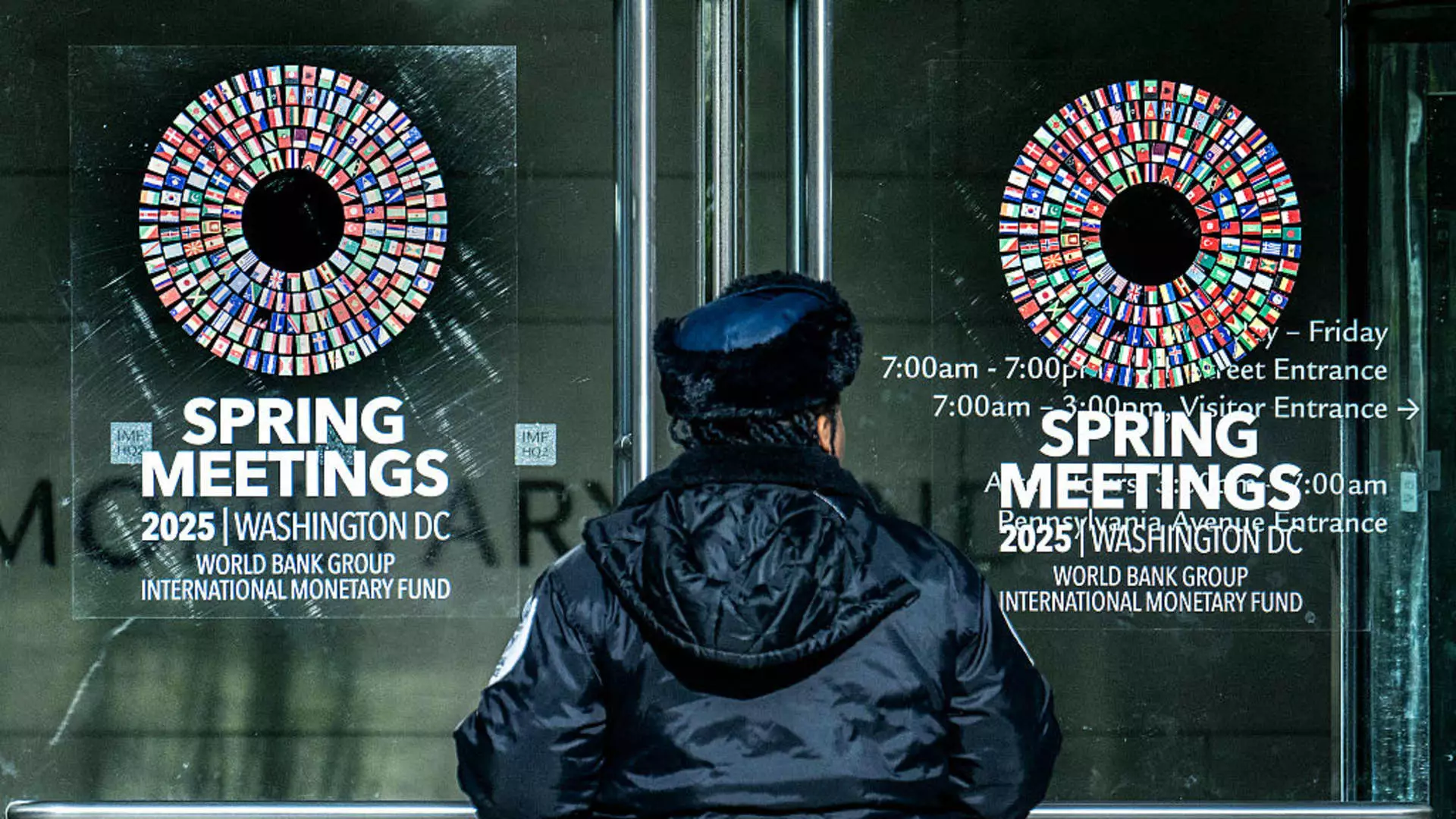The International Monetary Fund (IMF) has delivered a alarming message that is sending shockwaves across the global economic landscape. Its recent downgrade of growth forecasts for key Asian economies, including China and India, reflects a disturbing trend of instability fueled by trade tensions and a perplexing climate of “high policy uncertainty.” The IMF has downgraded China’s growth projection to a mere 4% for 2025, while also slashing India’s forecast to 6.2%. These figures represent a stark decline from previous expectations and underscore an escalating environment of economic fragility.
The Diminishing Growth Rates: What’s at Stake?
China and India’s reduced growth rates are more than just statistics; they are indicators of an economic potential slipping through the fingers of millions. The Chinese government’s growth target is set at around 5%, a target that now appears increasingly out of reach. For India, a fiscal year growth rate of 6.5% is the goal, yet the IMF’s revision indicates that even this optimistic ambition could fall flat. These changes not only represent slowing economic performance but also reflect a gloomier outlook for millions relying on these nations for employment opportunities and upward mobility. The implications go beyond mere numbers, affecting the livelihoods of families, the future of businesses, and the overall prosperity of the region.
The Global Perspective: A Symphony of Downgrades
The IMF’s dim forecast is not an isolated event. Other influential economic institutions are joining the fray, demonstrating a consensus that we should take seriously. Goldman Sachs has lowered its China growth projection to 4.0%, citing a tightening grip of U.S. tariffs, while Natixis and Fitch echo this somber sentiment. It paints a disconcerting picture—one where global economic cohesion is increasingly fragmented. The downward adjustment in growth rates does not merely reflect domestic issues within Asia; rather, they indicate the ripple effects of geopolitical tensions that threaten to engulf the global economy.
The Tariff Tango: A Dangerous Dance
At the center of this economic maelstrom is the systematic use of tariffs by the United States, a decision that some might argue is a shortsighted and reckless gamble. Since taking office, President Trump has utilized tariffs as his favored economic weapon, aiming to protect American interests but inadvertently hurting economic partners. The remarkable escalation, reaching as high as 245% on certain Chinese goods, represents a colossal miscalculation of the interconnectedness of modern economies. In retaliation, China has ramped up its counter-tariffs, effectively entrenching both nations in a perpetual cycle of economic aggression. The unpredictable nature of these trade policies hinders not only direct economic relations but consequently destabilizes trust and collaboration among other nations.
Contrasting Approaches: China and India vs. Japan
As China and India brace for the fallout of this tariff war, Japan appears to be navigating its own path, albeit not without its hurdles. The Japanese government has opted for diplomacy, working to engage U.S. counterparts. Yet, their negotiators return from the U.S. empty-handed, showcasing a stark contrast in response strategies. One must question if this conciliatory approach is enough in the face of aggressive tariff tactics. Meanwhile, Indian Prime Minister Narendra Modi’s attempts to foster a mutually beneficial relationship with the U.S. are commendable, but finicky relations and unpredictability may wilt the potential for significant economic gains.
The Pulse of Future Economies: A Call to Action
As the IMF warns against the backdrop of economic uncertainty, it becomes crucial for Asian economies to take the reins of their own futures. Trade relations must evolve beyond the duality of aggression and appeasement. For the sake of their own citizens and the global economy at large, resilience through collaboration, diversification, and innovation should be the guiding light. It is time for these nations to move forward with transformative economic policies that empower domestic growth while nurturing international relations. The stakes could not be higher—a robust economic future relies not on tariffs and trade wars but on fostering lasting partnerships rooted in mutual respect and shared prosperity.


Leave a Reply